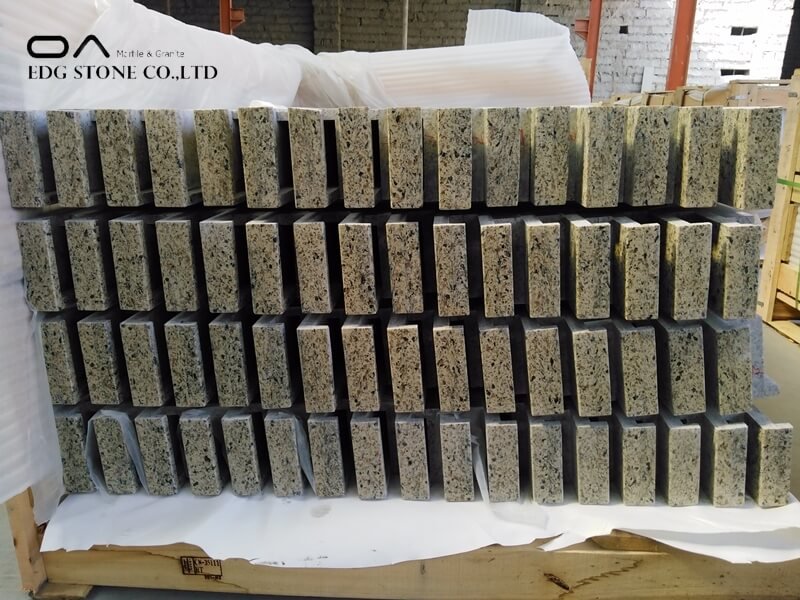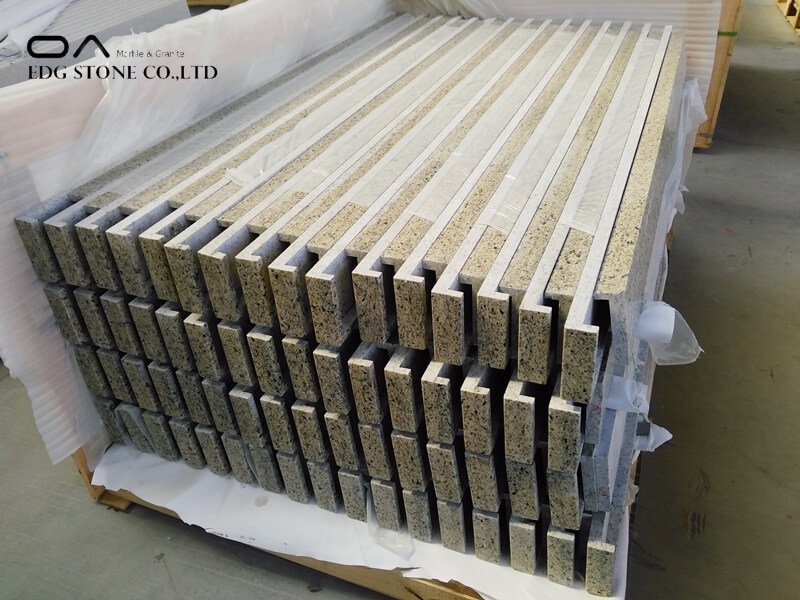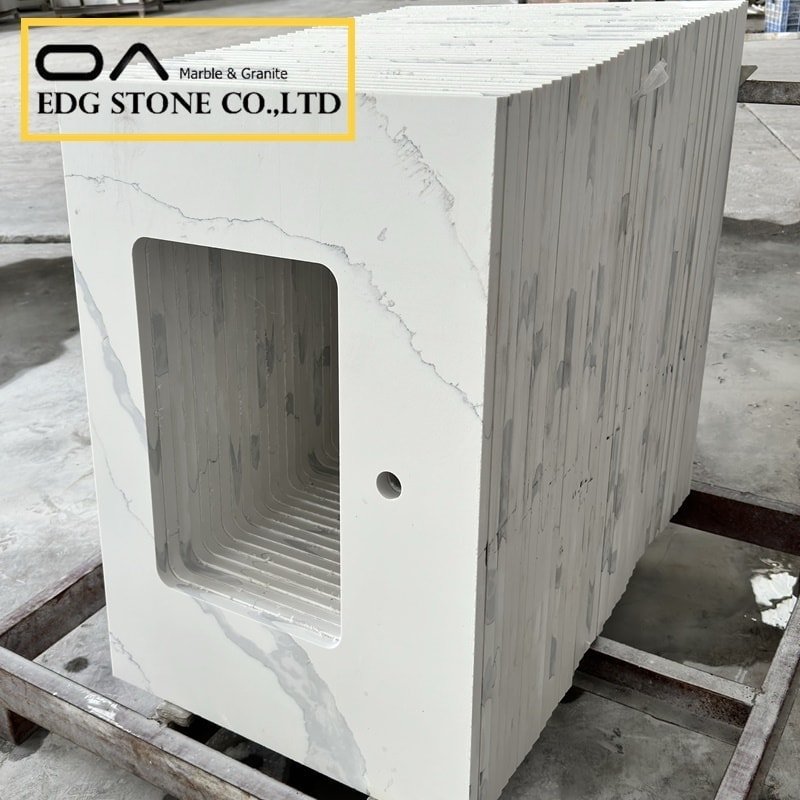The most important thing in kitchen decoration is the choice of cabinet countertops. The quality of cabinet countertops will directly affect the service life of the entire kitchen facility. There are also certain requirements for the environmental protection of cabinet countertop materials because cabinet countertops are in direct contact with our food, and if the countertops contain toxic substances, it will pose a certain threat to our health.
At present, the common cabinet countertop materials on the market include artificial stone, natural stone, quartz stone, ultra-thin rock slab, and stainless steel. The highest usage rate is quartz countertops. Quartz stone is a die-cast artificial stone product. It is molded by quartz stone manufacturers. It has many advantages such as wear resistance, scratch resistance, high-temperature resistance, anti-permeability, non-toxic and non-radiation, but because the hardness of quartz stone can reach the Mohs hardness Level 7, so it is not easy to process, and there is a possibility of cracking or explosion in use.
1. Cracking at the seam of the countertop: when the installation worker is splicing the seam, the seam is not aligned, the glue is not evenly applied, or the curing agent is added to the glue or an excessive amount of the acid is added to make the seam brittle and cracks when it is slightly impacted during use ;
2. Cracks at the corners: Leaning against the wall too tightly without leaving shrinkage joints, the height between the two cabinets is uneven or not leveled, the table surface is cracked due to uneven shrinkage due to external impact or temperature changes;
3. Cracking around the above counter basin: There is no gap between the above counter basin and the basin hole, and the basin hole is not polished. The two pieces of Feng Jihan panic phoenix reed are smooth, and the table surface shrinks unevenly due to external impact or temperature changes.







